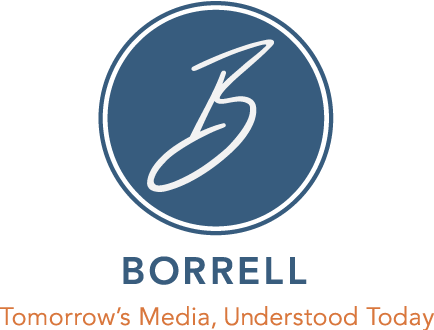How SMBs Are Planning Their Marketing, Advertising Spend During And After COVID-19
SMBs Planning Ad Spend, Messages As States Open For Business

Some 83% of small and medium-sized businesses are seeing a negative impact on their business as a result of COVID-19, compared with 86% in March, according to data released Monday. About 6% — up from 4% — will see a positive impact.
The data, pulled last week by Borrell Associates, suggests businesses now believe the impact of the COVID-19 pandemic will last longer. About 60% estimate that it will last between three and six months.
When asked to name the type of messages they are relaying to customers as a result of COVID-19, 60% cite precautions being taken, while 51% cite adjusted creative messages, 45% offer new or different options and 33% have replaced hard-sale messages with empathy, 31% have reduced print ads, 30% increased brand awareness, 25% reduced digital ads, 21% stopped all ads, 17% cut back outdoor ads, 12% cited other, and 10% did not make any changes.
The data suggests that SMBs will return to marketing and advertising in three phases. During the next 12 months, 40% said they will spend less on advertising, 18% said they will spend more, 36% said they will spend about the same, and 6% do not know how much they will spend.
Businesses will come back to advertising in stages, similar to the way they will reopen varied by state. Indiana, Minnesota, and South Carolina have opened some business or will open soon, depending on the business category. For example, playing golf is allowed in Oregon, Idaho, Montana, Wyoming, Arizona and others.
Messages will become more important. In the first phase, consumers want to see “we’re open for business and helping to keep you safe.” The second message will be about being COVID-19-compliant. The third will focus on special deals.
Some 44% of consumers want to see service adjustments and updates, while 24% want to know what brands are doing, and 16% want to know how businesses will keep people safe like cleaning and explaining other actions. They also want to know about compliance measures. Some 8% are looking for deals.
During the next three to four months, TV viewing will drop off and the industry will see significant growth in radio, print and outdoor, said Jim Brown, Borrell Associates president.
Mass media will lead, with social media, on property messaging, digital display and mobile, web improvements, and search and reputation management following. Email will drop off from the highs seen during the height of COVID-19.
Reputation management will increase in importance, as companies monitor what consumers say about their business, Brown said.
Phased pricing could be the answer when it comes to media buys until companies get back on their feet, Brown said. Companies should change the terms to give businesses longer payment plans and ease off from cancellations to take barriers off the table.
When asked how businesses will pay for the media, most businesses said they do not plan to use their Payroll Protection Program (PPP) funds for advertising. In fact, 44% said they will not use a portion of the PPP funding. Only 5% said they will and 38% said they probably will not. About 73% said they have applied or plan to apply, but not all will get it.
If small businesses are not eligible for PPP, there are other available programs through publishers like Cox Media, and Sun Coast Media, along with Google and Facebook. For example, Google is providing $340 million in ad credits to small and medium size businesses.
(14)

